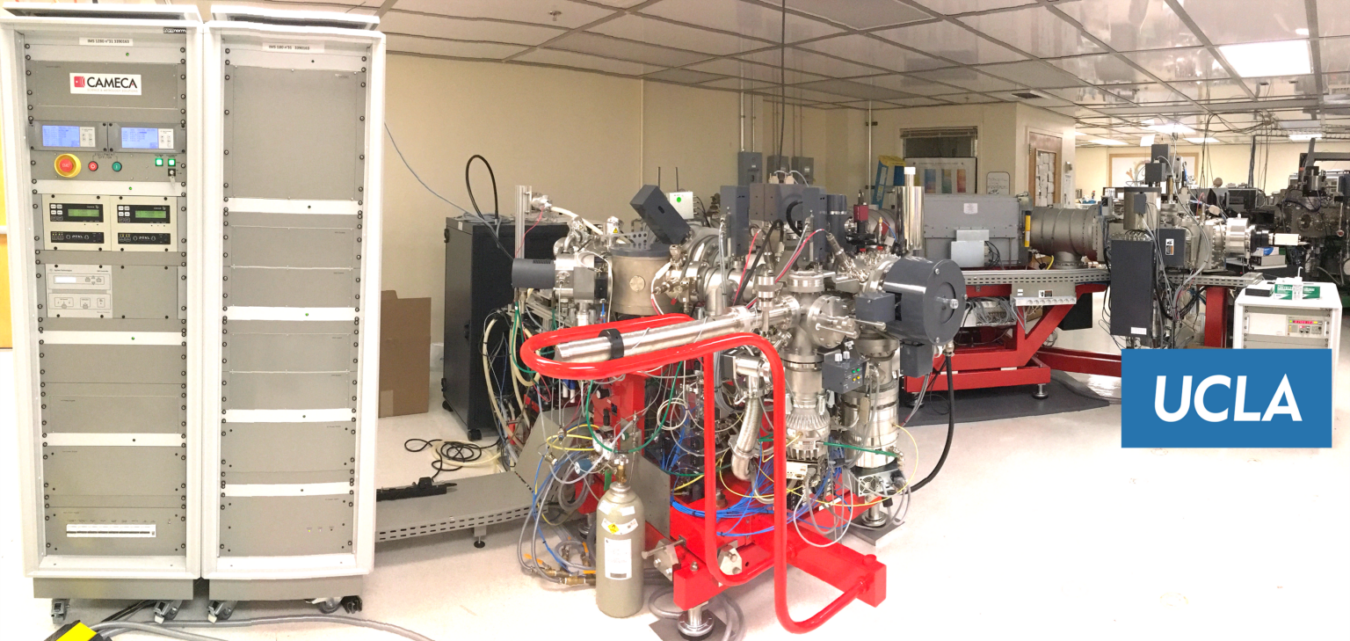New process helps scientists understand how planets form
How the planets in the Solar System formed has long puzzled astrophysicists and planetary scientists. Although it has been agreed that planets grew from coagulation of smaller-sized objects, the details in terms of how, when, and where such accretion processes took place are far from being fully understood.
One of the unanswered questions concerns the formation timescales of the first solids in the solar nebula. Meteorites represent the leftover building blocks of terrestrial planets, and some of their components, namely Calcium-Aluminum-rich Inclusions, are known to have formed very early when the nebula temperature was still very high (> 1400 K). During CAI formation, certain refractory, short-lived (half-lives ≤ 3 million years) radioactive isotopes (SLRs) that existed in abundance at the beginning of the Solar System but decayed rapidly would be readily incorporated into CAIs. Therefore, the abundances of short-lived radionuclides recorded in CAIs could potentially be used for high-resolution chronology of solid formation processes.
A significant fraction of the previous studies of SLRs in CAIs focused on centimeter-sized inclusions, because of the limitationsin analytical capabilities. These CAI samples, albeit important, still originated from agglomeration of smaller ones, and thus may not necessarily represent the “true” first generation solids.
Dr. Ming-Chang Liu of Department of Earth, Planetary, and Space Sciences (EPSS), along with his postdoc Dr. Andreas Hertwig and collaborators Dr. Jangmi Han (Lunar and Planetary Institute) and Professor Adrian Brearley (University of New Mexico), took a different approach. Their findings have been published in Science Advances.
They investigated the initial abundances of SLR 26Al (half-life = 0.7 million years) in ~2 dozen very small refractory inclusions (< 100 micrometer) found in one of the most primitive carbonaceous chondrites, Allan Hills A77307 (ALHA77307). The small inclusions are best understood as products of initial coagulation of micrometer-sized dust particles (see picture). They used the CAMECA ims-1290 secondary ion mass spectrometer (see picture) housed in the Keck Foundation Center for Isotope Geochemistry in the EPSS Department to analyze these samples for magnesium isotopic compositions. This instrument is one of the few state-of-
the-art large radius ion microprobes in the country, capable of performing high precision (up to 0.01%) isotope analysis at very high spatial resolution (<3 micrometer), thanks to the new-generation radio-frequency oxygen plasma ion source known as “Hyperion” (manufactured by Oregon Physics).
The results show that micrometer-sized dust particles could accrete into solids of about 100 micrometer in size in less than 50,000 years, and that most centimeter-sized inclusions formed ~40,000 years after this initial coagulation period. The overall timescale is shorter than 100,000 years, much less than the time that the Sun would spend as a young stellar object,. This implies that dust coagulation was a very efficient process. This is the first time such samples could be analyzed to such high precision, and thus high temporal resolution, by using the method described in the paper.
This work is supported by NASA grants to Ming-Chang Liu and Adrian Brearley. The UCLA ion microprobe facility is partially supported by a grant from the NSF Instrumentation and Facilities program.
Tags: News
